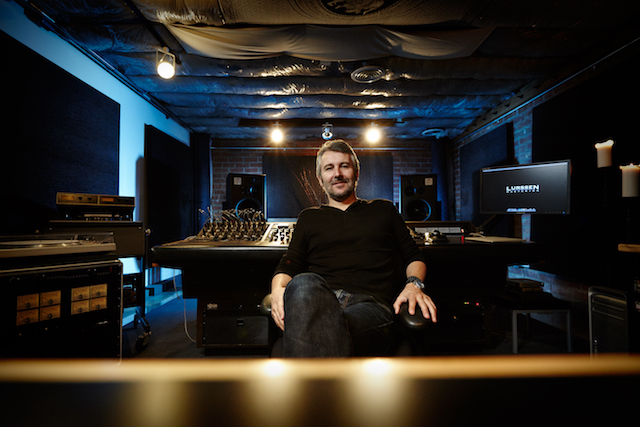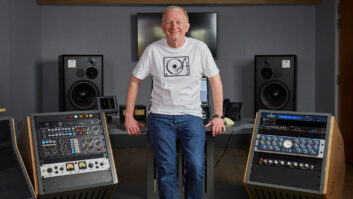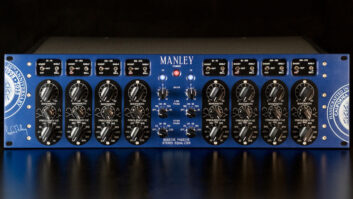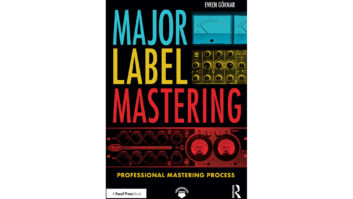
Los Angeles, April 2018…Mastering engineer Gavin Lurssen has risen to the top of his field by cultivating an approach that embraces, yet transcends, technology.
His credits include the Foo Fighters, Eric Clapton, Ben Harper, Sturgill Simpson, Elvis Costello, and soundtracks for The Hunger Games, Ratatoullie, and the blockbuster Nashville television series.
He’s a nine-time Grammy nominee and has won four Grammys, including Album of the Year honors for Robert Plant and Alison Krauss’ Raising Sand and the O Brother Where Art Thou soundtrack. Recent projects include mastering Queens of the Stone Age’s Villain, remastering landmark Toto albums including the 5.1 version of Toto IV, and restoring George Harrison’s body of solo work for Dark Horse, the Harrison family label.
Lurssen has been mastering since 1991, honing his craft early on at Mastering Lab under the guidance of legendary engineer Doug Sax. In 2006 he founded Lurssen Mastering, where he’s built a reputation for careful balance of digital and analog technologies, streamlined signal paths, and a finely tuned method of working that marries classic methods and modern tools.
Lurssen Mastering’s Burbank facility houses twin studios with identical gear complements, including the Mastering Version of the Variable Mu, which features 1% metal film resistors and sealed gold-contact Grayhill rotary switches with detented, stepped controls.
Lurssen’s process is informed by the state of the mixes he receives. “Sometimes people send the mix in just the way it is,” he says. “Sometimes they’ve put it through a bus compressor so that the artist can give their approval, and when the artist approves, then they’ll send me a version without that compression, so that I can replicate that with something more tuned into the mastering chain.”
“I’ll start looking into limiters and other processors to get that back, and often I’ll have the reference that the artist heard, so the master is not going become something unfamiliar. A lot of times I’m using a Manley to do that, then I’ll start doing more work on it from there.”
In the old days, Lurssen would have lined up the tape machine, “and that tape machine had a specific curve and feel,” he says. “You don’t just put a tape on and hit Play; you have to line it up so it sounds right. There are many ways to do that: You can use solid-state electronics, tube electronics, you can use various tape heads, different machines.
“In today’s world, you’re playing back a file,” he says. “So, if I’m trying to replicate the essence of lining up that tape machine—and that means getting gain structure in order—and replicate the limiting that happened in the mix that isn’t there on the final that I’ve got, the Manley’s a go-to.”
“The Manley is a perfect limiter for this process, because of its versatility and slow attack/release—or fast—to help me get the song into a mode of playback, so that I can then do a little bit of EQ processing in order to make it fit today’s norms and standards.”
Lurssen carefully crafts his mastering chain to coax out the unique properties of each component to develop a broader sonic signature. “My chain never consists of one or two pieces of gear,” he explains. “What I always do is, find really great gear, and I use a little bit of each. I always have several processors in the chain; the design of our analog console allows for that without audio degradation. That said, when I find a piece of gear with color to it—and the Manley does have a color to it—I incorporate that in the overall picture.”
Lurssen finds many applications for the Variable Mu—“It’s very effective when you want to just increase the girth of something, just really bring some weight. Like in the rhythm section, for example”—and his Variable Mu has been in his signal chain since day one. “I rely on it. It’s always there, every day it’s there, and on so much of the music I work on, it’s on there.”







